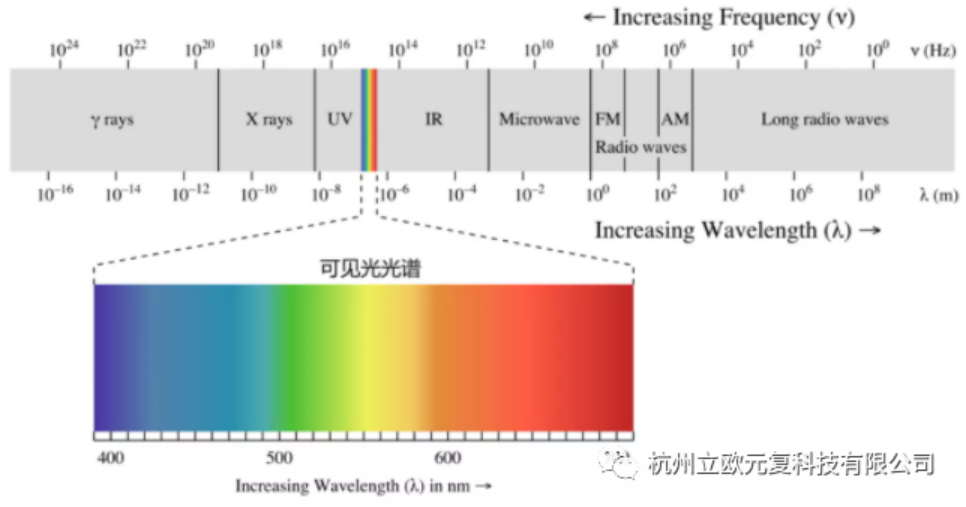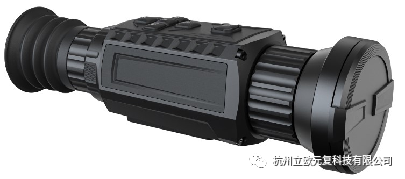
Night vision device (NVD), also known as night vision goggles, is a device that uses optical technology to enhance the light source in the dark, and is usually used in military, security and other directions. Night vision devices can be divided into three categories according to their type, which are low-light night vision devices, active infrared night vision devices, and thermal imagers.
1. The .png low-light night vision device amplifies the low-light with an image intensifier, and the photons from the dim light source enter the objective lens (left) and hit the photocathode (gray plate). The photocathode (negative bias) releases electrons, and the electrons are accelerated to a higher voltage microchannel plate (red). Each electron results in the release of multiple electrons from the microchannel plate. Electrons are attracted to a higher voltage phosphor screen (green). The electrons that hit the phosphor screen cause the phosphor screen to produce photons that can be seen through the eyepiece. The incoming radiation image is converted into an electron image, and then the electron energy enhancement and the increase in the number of electrons are used to obtain an enhanced electron image, and then the enhanced electron image is converted into a visible light image.
Low-light night vision devices require a weak light source, such as moonlight, starlight, lights, firelight, etc., and cannot be used in total darkness. But because of the simplicity and low cost, and because completely dark nights are not common, even in complete darkness can be remedied with artificially inconspicuous low light. Therefore, since the 60s, it has been widely used by the U.S. military in the Vietnam War, and has become the most widely used night vision instrument so far.
Active infrared night vision
Active infrared night vision combines imaging enhancement technology with an active illumination source in the near-infrared (NIR) or short-wave infrared (SWIR) bands. The instrument emits an infrared beam outward, illuminates the target, and converts the reflected infrared image of the target into a visible image, and the active infrared night vision device combines infrared illumination in the spectral range of 700-1000 pictures (slightly below the visible spectrum of the human eye) and a CCD camera that is sensitive to this light. The resulting scene, which is apparently dark to a human observer, appears as a monochrome image on a normal display device. Because active infrared night vision systems can incorporate illuminators that produce high levels of infrared light, the resulting images typically have a higher resolution than other night vision technologies. Thus making night observations.

Active infrared night vision devices are not limited by illumination, and can be observed in total darkness, and the effect is very good, and the price is cheap. However, the observation distance is close, and the infrared light emitted during observation is easy to be found by the opponent's night vision goggles, thus exposing itself, so it is rarely used in the military now. Nowadays, it is mainly used for civilian use, and the cost is relatively cheaper.

Laser range-gated imaging is another type of active night vision that utilizes a high-power pulsed light source for illumination and imaging. Range gating is a technique that combines the shutter speed of a camera's detector to control laser pulses. Strobe imaging technology can be divided into single shots, where the detector captures an image from a single light pulse, and multiple shots, where the detector combines light pulses from multiple lenses into a single image. One of the key advantages of this technology is the ability to perform object recognition, rather than mere detection, as is the case with thermal imaging.